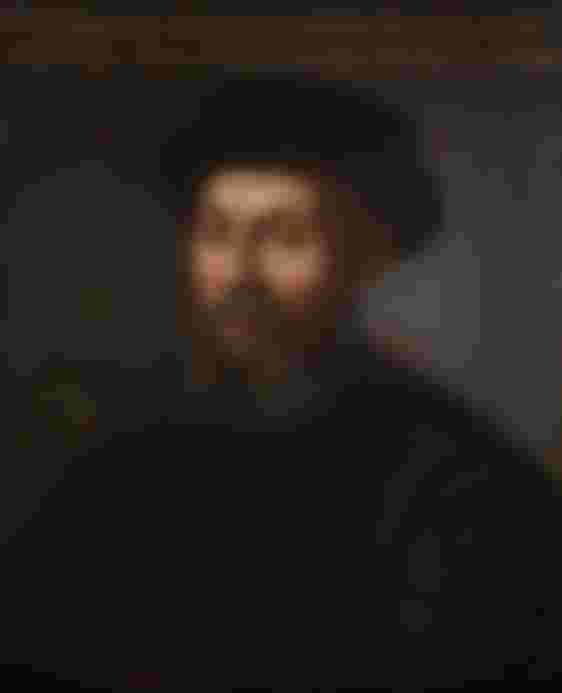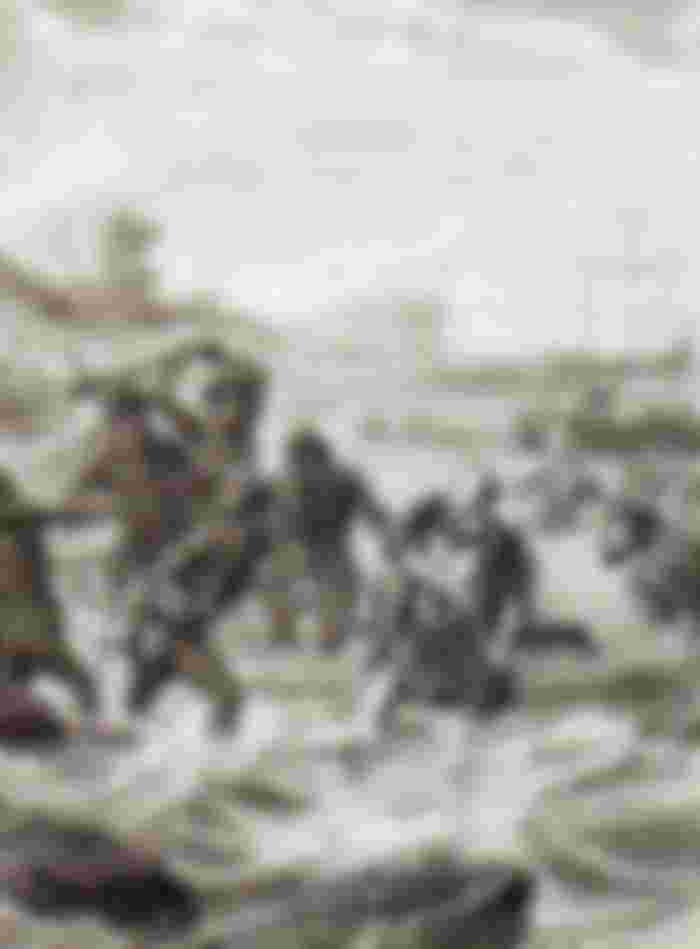Yesterday marked the 500th Anniversary of bringing Christianism to the Philippines, along with the Spaniards colonizing their new colony on the far east. When the Spanish Navy's ship Juan Sebastian Elcano (named after one of Magellan's crew) attempts to re-enact their voyage from Guam to the Visayan Islands.
As Catholics, most of us would celebrate it, others wouldn't because of their tranny and abusive methods against our ancestors. In this article, I'm going to piece together my previous articles. From igniting a resistance to notable figures who sacrificed their will to achieve our freedom.
The Magellan-Elcano Expedition

Ferdinand Magellan, a Portuguese Explorer was tasked to circumnavigate the globe under King Charles V of Spain. The expedition consisted of five ships, 270 men, the majority of them were Spanish and only a few Portuguese men. Including supplies that can carry for 2 years of travel.
The fleet left Spain on September 20, 1519, as they headed west across the Atlantic Ocean towards South America. In December 1519, they docked at Rio De Janeiro, Brazil as the expedition searched for another route around the continent. 3 months later, they decided to stop for the winter to fall off.
They continued the expedition when one of their ships, Santiago, was lost in a storm although no casualties were recorded. In October 1520, they resumed their search for a passage to the Pacific Ocean, until they found a bay that will lead them to a strait (Strait of Magellan), which they're able to pass through to the Pacific.
While searching for an entryway to the Pacific, the ship San Antonio left the expedition as they turned around heading back to Spain, as for the fleet they reached the Pacific Ocean in November 1520. He expected that the journey to Asia would be short, but it lasted for months to reach the Pacific.
Only 3 ships remained from the expedition. Of the 270 men, 240 remained alive. One was executed due to a failed mutiny when they were in Brazil, while the others died of scurvy while on their way to the Pacific Ocean.
On March 6, 1521, they docked at the island of Guam and were met by the Chamorro people. They thought it was a trade exchange, but the crew interpreted the natives' actions as theft. Magellan sent a squadron to recover their supplies, killing several people and burning their houses. 10 days later, they're about to set sail onward to the island of Leyte.
Their 1st Contact with the Visayans
On March 16, 1521, they reached the island of Limasawa, Southern Leyte. They stayed on the island for a month as he befriended Rajah Kulambu, Rajah Humabon, and his wife, Hara Humamay. The 1st Holy Eucharist was held on the island, conducted by Padre Pedro de Valderrama on March 31, 1521, and planted the cross (Magellan's Cross) on the island's highest hill.
Most of the townspeople converted to the new religion, others resisted. For his new friends, Magellan presented them with 3 gifts in exchange for a strategic alliance, and territorial conquest. They've given the Ivory Bust of Jesus, an image of the Blessed Virgin Mary and Santo Niño de Cebu to their new comrades.
So the local leaders converted their religious views to Catholicism, Humabon changed his name to Don Carlos (after Charles V), and Humanay with her named changed to Doña Juana (after Joana of Castille). The island of Mactan resisted the expedition. On April 27, 1521, Magellan died at the hands of Lapu-Lapu.

Mactan was well-defended and the Europeans were overpowered. After his death, his colleagues left and continued to navigate the world succeeded by his co-commanders Juan Serrano and Duarte Barbosa. The only remaining ship was the Victoria, captained by Juan Sebastian Elcano returned to Spain on September 6, 1522, and only 18 survived the expedition.
Reputation & Legacy
A few celebrated Magellan's accomplishments. He was branded as a traitor by his people having sailed for Spain. The moment when the crew of San Antonio left the group on May 6, 1521, they were put on trial but acquitted of their actions during the mutiny at Saint Julian.
The survivors of Victoria were not on good terms with Magellan, including Elcano who also participated in the mutiny as they were invited by the king at Valladolid to testify with two other survivors providing false accounts. Antonio Pigafetta, one of the survivors of the expedition gave his hand-written copies of what truly happened to the expedition.
He made his way to the city, then by giving copies around Europe then returned to Venice, Italy, as he published his diary called Relazione del primo viaggio intorno al mondo (Report of the first trip around the world) in 1524. A reliable account of the circumnavigation, and to counter the false statements by Elcano and the other survivors.
Magellan was known for his navigational skill and tenacity. It was called "the greatest sea voyage in the Age of Discovery", and "the most important maritime voyage ever undertaken". Many of them attempted to re-trace Magellan's route, but in 1541 another expedition was sent to the Islas de Poniente (Islands of the West - a previous name of the Philippines).
That is just the beginning of the Spaniards' colonial rule. I know that you want to know more about why it lasted for 333 years, but I promise I'll bring together my previous articles piece by piece, along with discoveries & sources so stay tuned for the next part.

